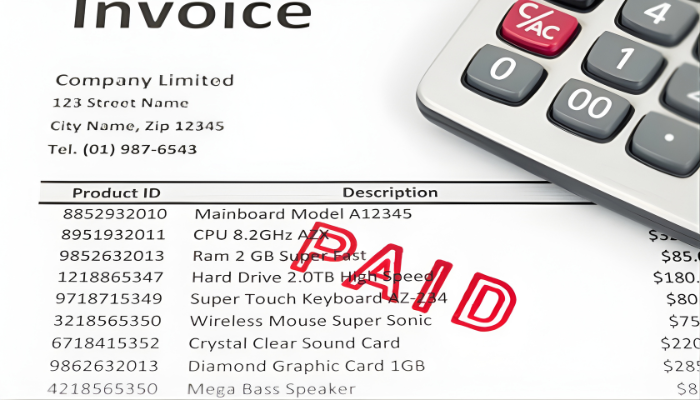
Many businesses, including those providing medical services, have struggled during recent economic downturn. Many people wrongly assume that doctors' offices and hospitals should be booming, considering the aging population and the increased demand for patient care.
However, medical providers, just like other companies, have had their fair share of economic woes. When cash is tight, healthcare providers experience several common challenges, which could be remedied with factoring:
1. Hiring Support Staff
A medical provider's support staff is essential to daily patient care. When a doctor's office, hospital, or other healthcare organization has a stalled cash flow, however, there may not enough money on hand to hire more people.
Support staff that help keep providers in business and patients well provided for include:
- Receptionists
- Secretaries
- Billing specialists
- Janitors
- Pharmacy or lab technicians
- Nursing assistants
- Orderlies
Rather than go without any one of these essential workers, a medical company can factor outstanding invoices and raise the cash needed to do more hiring.
2. Paying Overhead Costs
As with any other business, a healthcare company must pay its overhead costs to keep its doors open and accessible to patients. Overhead costs that medical companies routinely face include:
- Payroll
- Utilities
- Insurance
- Rent or mortgage payments
- Vendor and third-party contractor costs
If any one of these expenses go unpaid, the company's ability to care for its patients and remain operational can be compromised. By factoring invoices, the business will have the cash flow needed to pay these costs on time.
3. Buying Updated Equipment
Another significant expense for which a healthy cash flow is needed involves staying up-to-date with the newest medical technology. For-profit medical providers compete with each other and strive to provide the most modern healthcare possible. When a company wants to attract more patients, having the newest equipment on hand is essential.
However, technology comes at a significant cost if the business does not have a sufficient cash flow. By factoring current, unpaid accounts receivable, it can get the money it needs to buy updated equipment quickly. It can have the equipment on hand without having to wait for a client to pay his bill.
4. Keeping Up with Patient Demand
It is true that as the population continues to age, the demand for qualified medical care will increase as well. Patients expect to have what they need to feel better, regardless of how much their insurer is willing to pay.
In fact, many insurance companies are cutting their reimbursement rates, especially payers like Medicaid and Medicare. Doctors must figure out how to do more for patients with less money being made available to them from insurers.
Given this extraordinary financial challenge, many healthcare companies find it difficult to be financed through traditional means like taking out a bank loan. They will not be approved because they lack the capital to back up the loan. When they cannot or prefer not to get a bank loan, these companies can take care of patients and meet the demand by factoring invoices.
The benefits that come with factoring can help healthcare businesses overcome the stress that comes from tight cash flows. The benefits with factoring include:
- No new debt and no monthly payment
- Quick cash that is received often within a day or two
- No collateral other than the invoices is needed
- Easy qualifications with no credit scrutiny of the healthcare business
- Renewable source of funding during times of financial duress.
Once they realize the benefits of factoring, healthcare providers can anticipate being able to stay open and accessible to patients by choosing factoring.
Medical companies today must take care of patients even when their cash flows are strained. They can overcome these common challenges when they rely on factoring for their source of financing.















